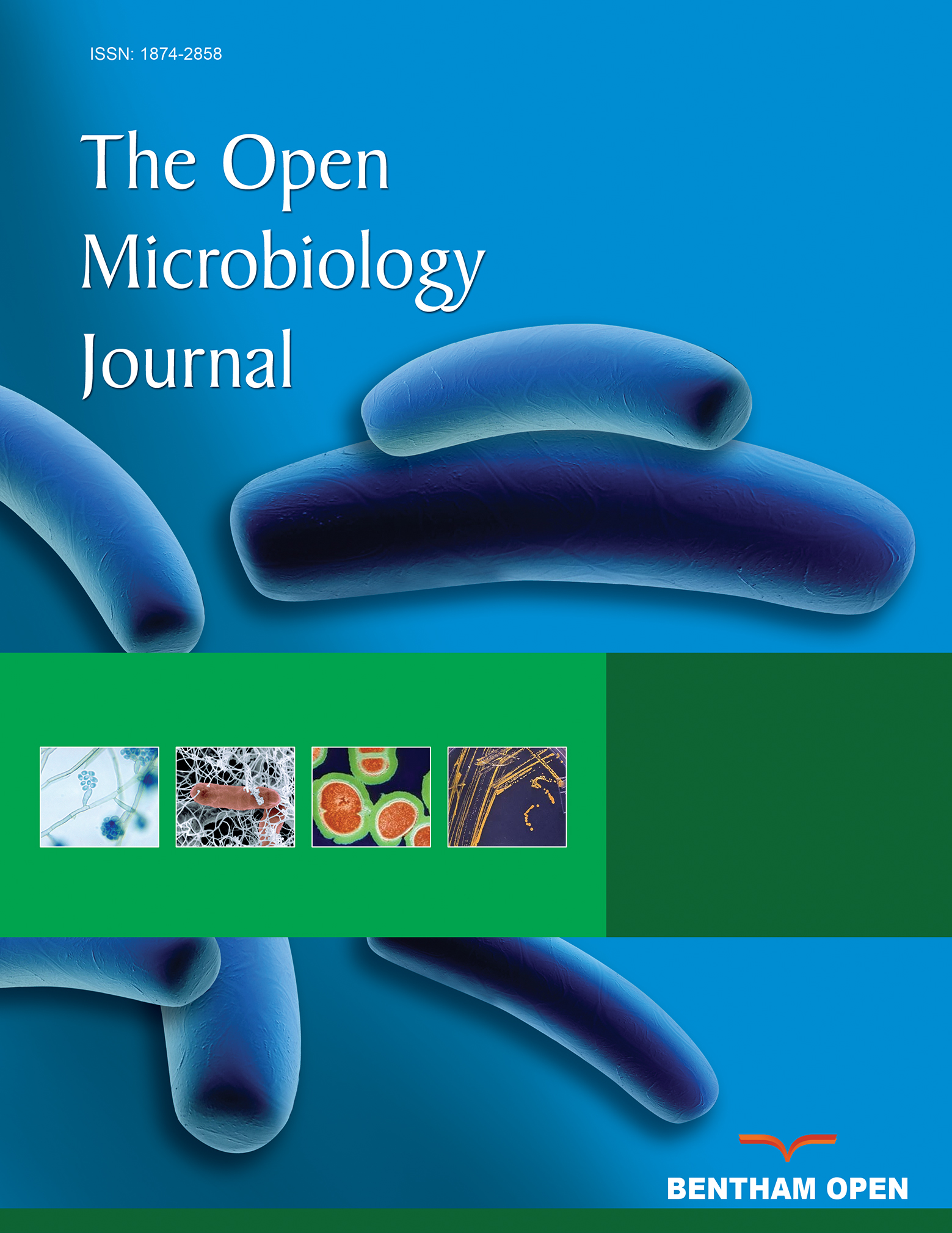All published articles of this journal are available on ScienceDirect.
Acetate kinase Activity and Kinetic Properties of the Enzyme in Desulfovibrio piger Vib-7 and Desulfomicrobium sp. Rod-9 Intestinal Bacterial Strains
Abstract
Activity of acetate kinase in cell-free extracts and individual fractions and the kinetic properties of the enzyme obtained from the Desulfovibrio piger Vib-7 and Desulfomicrobium sp. Rod-9 intestinal bacterial strains were presented at the first time. The highest activity of the enzyme was measured in the cell-free extracts (1.52 ± 0.163 and 0.46 ± 0.044 U × mg-1 protein for D. piger Vib-7 and Desulfomicrobium sp. Rod-9, respectively) compared to other fractions. The specific activity of acetate kinase in the extracts of both bacterial strains was determined at different temperature and pH. Analysis of the kinetic properties of the purified acetate kinase was carried out. The acetate kinase activity, initial (instantaneous) reaction rate (V0) and maximum rate of the acetate kinase reaction (Vmax) in D. piger Vib-7 and Desulfomicrobium sp. Rod-9 intestinal bacterial strains were defined. Michaelis constants (KmAcetyl phosphate and KmADP) of the enzyme reaction (2.54 ± 0.26 and 2.39 ± 0.24 mM for D. piger Vib-7 as well as 2.68 ± 0.25 and 2.47 ± 0.27 mM for Desulfomicrobium sp. Rod-9, respectively) were calculated. The described results of acetate kinase, an important enzyme in the process of organic compounds oxidation and dissimilatory sulfate reduction would be perspective and useful for clarification of the etiological role of these bacteria in the development of inflammatory bowel diseases in humans and animals.


